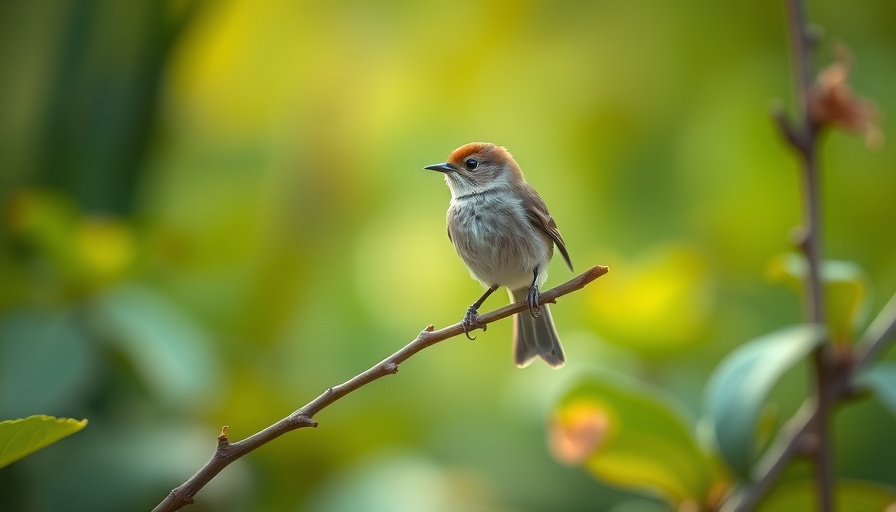
Unlocking the Amazing Vocal Abilities of Birds
Birdsong isn't just background noise; it's a captivating symphony composed of countless melodies that fill the air, especially during the warmer months. But have you ever wondered just how much birds actually sing? Surprisingly, a typical songbird can belt out its tunes between 1,000 and 2,500 times a day! For those unaccustomed to birdwatching, this might seem astounding, but for enthusiasts, these vocalizations are part of the daily rhythm of life that brings serenity to nature.
Take the Yellowhammer, for example. This European bunting is known to outperform many of its peers with an impressive 3,000 songs each day. Yet, when it comes to the North American avian tenor, the Red-eyed Vireo sets the record—one of these remarkable birds has been documented singing over 22,000 times within just 10 hours! The sheer volume of their singing is a testament to their vibrant roles in ecosystems.
The Role of Birdsong in Nature
Birdsong serves multiple purposes in the avian world. Males typically engage in these vocal performances to attract mates, and their singing tends to be more frequent just before and during the breeding season. For instance, the Black-headed Grosbeak, a melody maker in its own right, can be heard serenading its potential partners in the spring and remains vocal until late summer.
Why Understanding Birdsong Matters
Birdwatchers and conservationists reveal that appreciating how much birds sing can inform broader ecological insights. Different species vocalize to mark territory, communicate with flockmates, or signal alarm. Recognizing and understanding these songs can enhance our connection to the natural world and foster a deeper commitment to preserving avian habitats.
How You Can Get Involved
For those enchanted by the idea of birdwatching, consider joining local birdwatching groups or participating in citizen science projects that document bird songs and populations. Through collective efforts, we can collect valuable data that will contribute to avian conservation initiatives worldwide.
 Add Row
Add Row  Add
Add 




 Add Row
Add Row  Add
Add 

Write A Comment